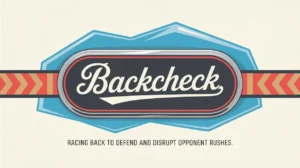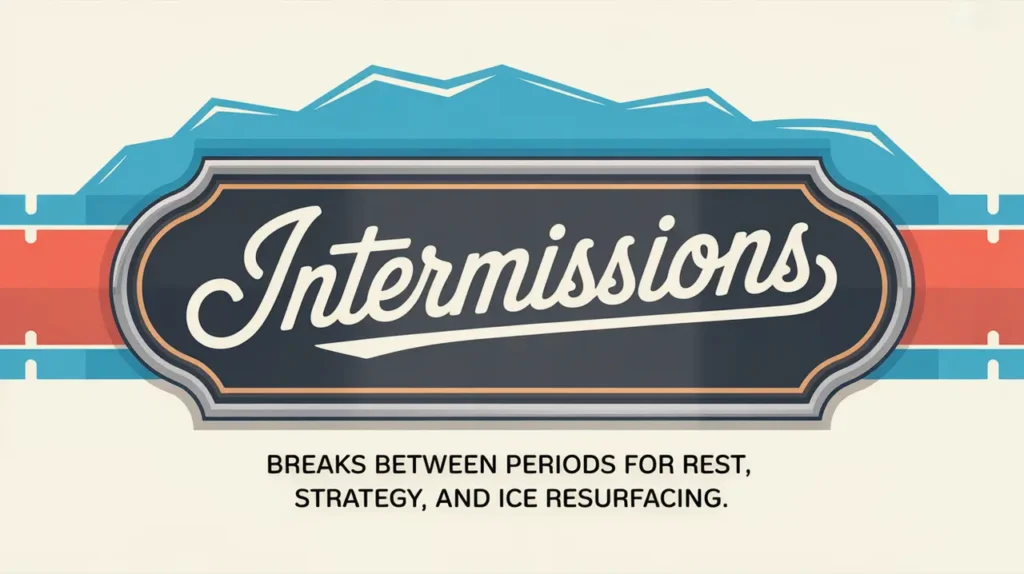Jim’s Intro to Fighting – Junior Variations
Hi folks, Jim here, the only commentator who once tried to break up a junior fight with a megaphone and ended up getting sprayed with water bottles.
What is fighting at the junior level?
At the junior level, fighting is treated much more severely than in professional leagues, reflecting both the developmental focus of the game and heightened concerns for player safety. While pro players typically receive five-minute majors and return to play, junior players often face automatic ejections, suspensions, or heavier penalty combinations after a fight. The rules vary slightly between leagues (such as CHL, USHL, NAHL, or European junior leagues), but the general principle is clear: fighting is strongly discouraged and carries heavier consequences.
The goal is to teach young players discipline, reduce injury risk, and set behavioral expectations for higher levels.
How does it work?
Fighting rules at the junior level typically follow a structure like this:
Immediate Ejection or Major + Misconduct:
- In many leagues, dropping the gloves results in a five-minute major plus a game misconduct, meaning the player is ejected after the fight.
- Some leagues assess an automatic match penalty if intent to injure is evident.
Instigator Rules: Players who clearly start a fight often receive extra penalties, including suspensions.
Suspensions:
- First fights often come with automatic one-game suspensions.
- Repeated fights lead to longer suspensions, sometimes escalating to multi-game bans.
Referee Discretion: Officials have broad authority to call match penalties for dangerous fights or to eject players to prevent escalation.
No Cultural Expectation: Unlike in pro hockey, junior fights are not viewed as “momentum changers” or “code enforcements” but as behavioral breakdowns.
Many leagues also prohibit players from removing helmets before fights. Doing so can add automatic game misconducts or suspensions due to safety concerns.
Common Situations Leading to Fights in Junior Hockey
- Retaliation After a Big Hit: Emotional responses often spark fights among younger players.
- Scrums Boiling Over: After whistles or net-front battles.
- Frustration: Teams trailing late sometimes let tempers flare.
- Imitating Pros: Some players mimic what they see in the NHL without understanding the different consequences.
How do you make good decisions with it?
Good decision-making at the junior level means knowing the rules and controlling emotions.
- Understand the Stakes: One fight can mean missing the rest of the game and the next one too.
- Pick Your Response Carefully: Protecting teammates is part of the game, but there are smarter ways to do it, through physical, clean checks or team play.
- Avoid Being the Instigator: Extra penalties and suspensions pile up fast.
- Read the Situation: Junior officials are quick to hand out misconducts for fights. Walking away is often the better play.
How do you master it?
Mastering this area is about emotional maturity and situational awareness, not fighting technique. Players who excel at the junior level know how to channel aggression through legal checks, forechecks, and hard-nosed play rather than dropping the gloves. Teams drill discipline, emphasizing structure over spectacle.
What does it look like when done right?
When junior teams handle heated situations correctly, you’ll see players hold their ground physically without escalating. They use controlled hits, crowd the puck, or let referees handle retaliation. Smart teams don’t lose key players to avoidable ejections, and they keep their competitive edge through structured play, not chaos.
Commentator’s Corner
Jim’s Take
I’ve seen talented junior teams unravel because of one pointless fight that led to suspensions. Walking away isn’t cowardly. it’s calculated.
Parent Tip
Teach young players that fighting in juniors is not like the NHL. The consequences are bigger, the suspensions are longer, and the message to scouts matters.
Player Tip
Your job is to stay in the game, not in the locker room. Keep your cool, hit hard but clean, and let your play do the talking.
A Final Thought
At the junior level, fighting is treated as a serious infraction, not part of the show. Understanding the rules and managing emotions separates disciplined players who advance from those who sit out games they could have influenced on the ice.









